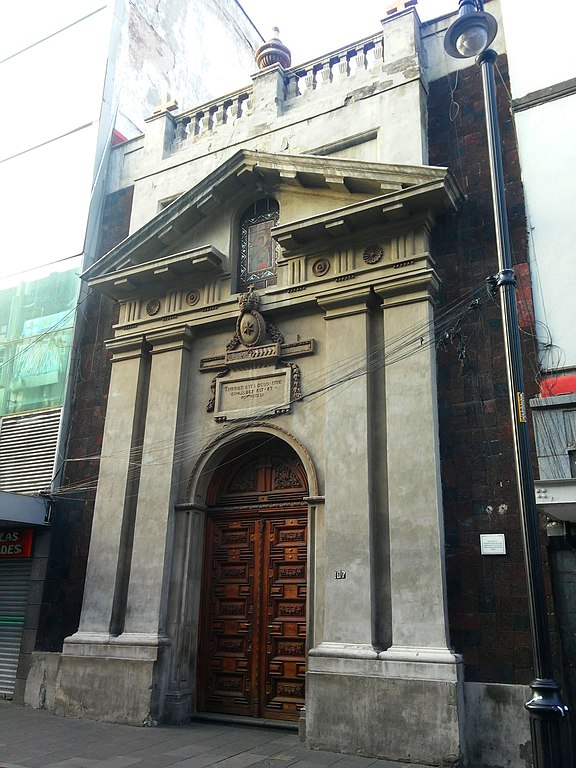

The Porta Coeli Church at Venustiano Carranza #107 retains the name of the Dominican College of Porta Coeli who once occupied this space and quite a bit more in the area. Today, it’s home base for Mexico City’s Greek Melkite rite (Byzantine) community. Its official names are therefore Santuario del Señor del Veneno and Catedral Greco Católica Melquita de México. It’s the Greek Melkite cathedral (Bishop’s seat) for all of Mexico.
The building actually dates back to 1711. It’s likely one of the most dramatic examples of a Neoclassical facade in the Centro Histórico, (if not in the city). It’s also a surprisingly busy church in modern secular Mexico. With the Reformation, it was seized it from the Dominicans and actually converted into a government archive.
The Church
The Mexico Greek Melkite Church dates to the end of the 19th century, with immigrants arriving here from Lebanon, Syria, Jordan, and a few from Egypt. The church had no church or priest until the 1920s, in part because the government still controlled all church properties. By 1952, the Mexico community was recognized by the Pope and the Melkites were granted the former archive the legend of which had never quite been put to rest.
Nearly always open during the day, it draws visitors from all around the city center. Inside, you’ll find no fewer than eight dramatic Byzantine murals completed only in 1978. But one of the real reasons people come back is due to a miracle that happened way back.
The Legendary Miracle of the Black Christ of Porta Coeli
Though it’s commonly called the Gate of Heaven (Porta Coeli) church, it’s traditionally also been called the Church of Our Lord of the Poison (iglesia del Señor del Veneno), or more simply, the Church of the Black Christ.
It’s said, deep in the 18th century, a kind and generous gentleman named Fermín Andueza owned land and property in and around the city center. Managing his estates, and his income, and his extensive household meant every day was a long and busy day. At the end though, he used to regularly pray before the Christ figure in the small but accommodating Dominican church. At the time, the Christ figure was quite pale and delicately painted. Andueza, at the end of his prayers, would each night kiss the feet of the statue and he would always leave at least a few coins in the collection plate nearby.
But Andueza, it turned out, had a jealous and covetous enemy. A business competitor and long-time acquaintance, Don Ishmael didn’t often let Andueza know how his dislike had grown. As Andueza’s daily practice was widely admired and spoken of, Ishmael need only observe before he could put a plan into motion. As he was determined to remove Andueza from his own thorny path to success, he went so far as to put a type of poison on the feet of the statue, precisely where the kind and pious Andeuza was likely to press his lips.
The legend has it that, upon leaning to kiss the feet, Andeuza’s prayers finished, the Christ figure began to sweat. Ribald drops of water clearly ran down the legs, and over the arches of the feet. The Christ is said to have even shifted His legs, albeit quickly, such that Andeuza’s lips never reached the poison. Over time, the statue changed in color, as if He’d absorbed and neutralized all of the poison.
It’s said that Andeuza’s thereafter prayed more vigilantly, for he’d already been richly rewarded, not just with wealth but with a spared and gifted life. No further historical record describes the fate of Ishmael,
The miraculous Negrito however is better known than ever. At the seizure of the church, the Dominicans moved the statue to the Metropolitan Cathedral. And there it remains. In the original church, on the calle Venustiano Carranza, an exact replica was commissioned, and people will swear, it too occasionally breaks a sweat.
 +52 (55) 5542 0225
+52 (55) 5542 0225
 http://catolicosmexicanosderitobizantino.blogspot.com/
http://catolicosmexicanosderitobizantino.blogspot.com/
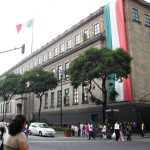
Nearest at 0.06 kms.
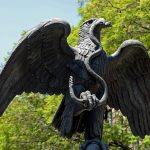
Nearest at 0.08 kms.
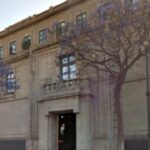
Nearest at 0.08 kms.
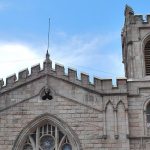
A historic Methodist church on the Avenida Balderas . . .
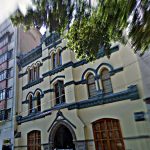
A historic Methodist church in the old grand cloister of San Francisco . . .
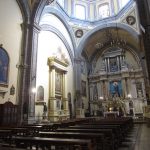
The first target of the counter-reformational Academy of Art . . .

The old church of an important early Dominican convent in the Historic Center...
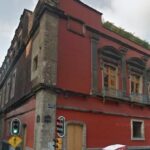
A grand 16th-century school lives on as an events venue and historic monument...